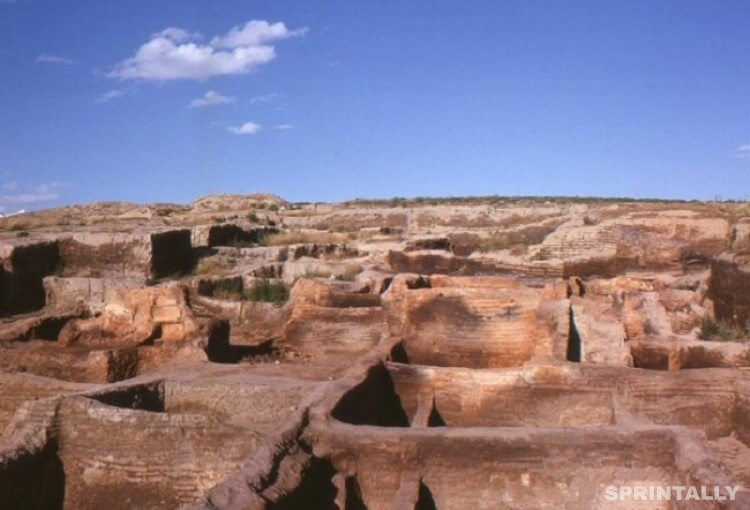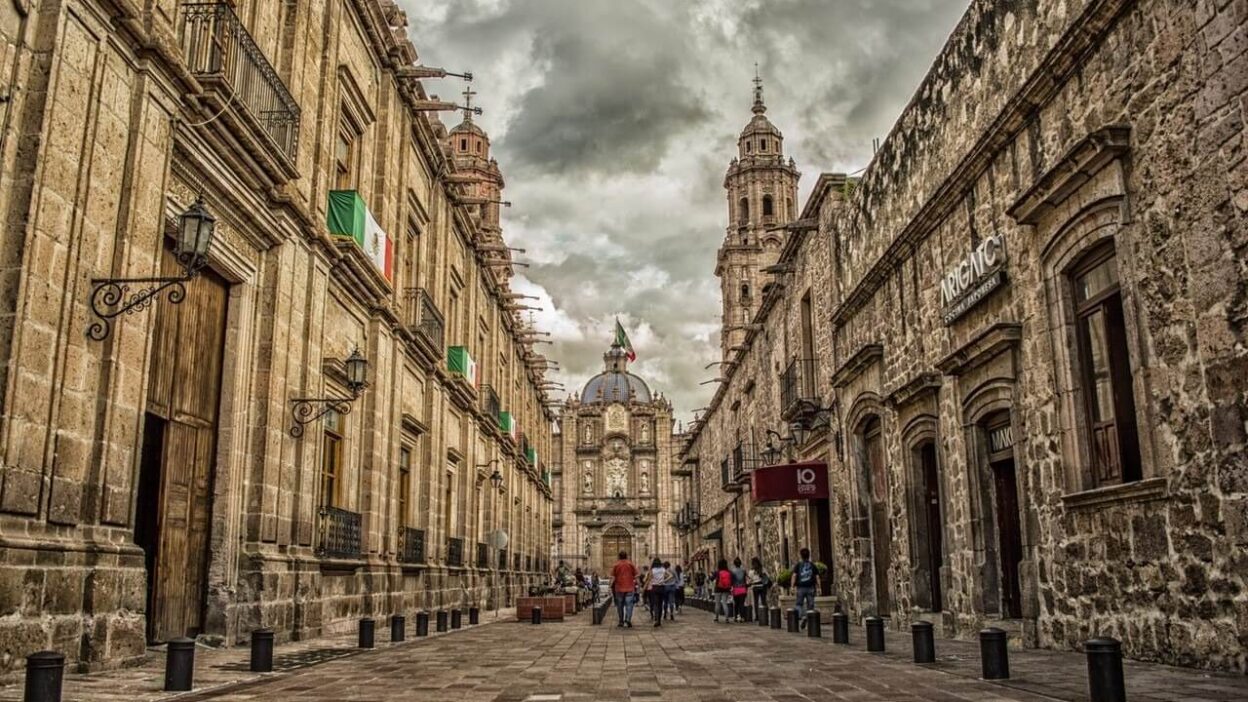16. Memphis
Memphis, 2250 BC. e., 35 thousand inhabitants. After the unification of Egypt in 3100 BC. e. Memphis became the capital of the whole empire. In this city, they collected taxes from all the surrounding lands, and thanks to this, it grew rapidly. It is here that the famous pyramids are located – the tombs of the pharaohs. The rise of Thebes led to the fact that the city lost its importance and gradually began to empty out. Today it is a World Heritage site.
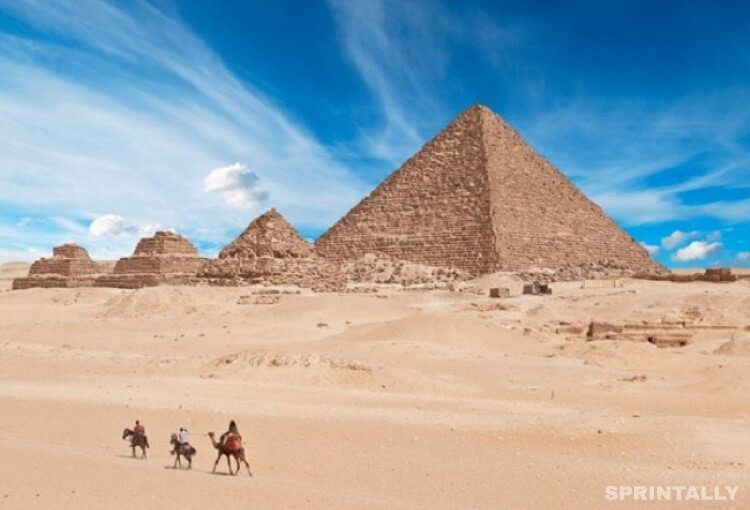
17. Uruk
Uruk, 3600 BC. e., 40 thousand inhabitants. Archaeologists have established that, with its impressive dimensions, Uruk is bound, oddly enough, to failures. Scientists claim that the townspeople were forced to rally and expand the controlled territories. This huge city at that time had a fairly developed culture and dominated the territories from Syria to Iran.
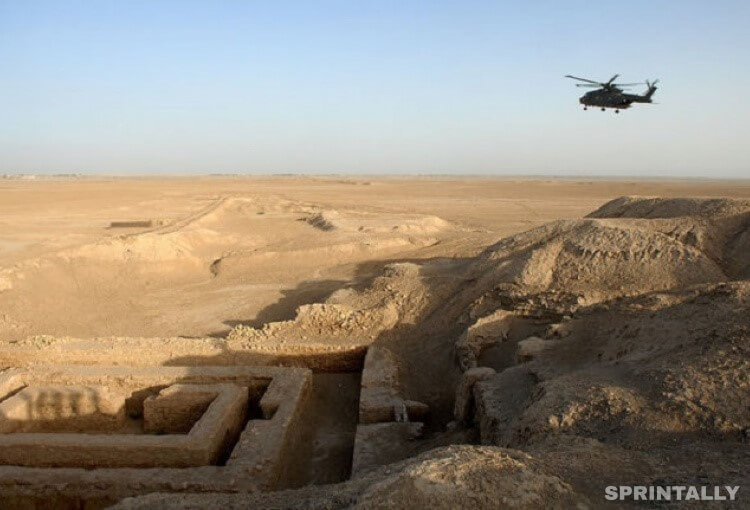
18. Tell Brak
Tell Brak, 5 thousand years BC. e., 4,000 inhabitants. This city was located on the territory of modern Syria. In ancient documents, it is said that he bore the name Nagar. This large city was part of the main trade route that united Anatolia, the Levant, and southern Mesopotamia. The ancient city became famous all over the world for its “Temple of the Eye”. About this building, there is very little information, and its name was received because of the numerous alabaster figures of the big-eyed idols that were discovered there.
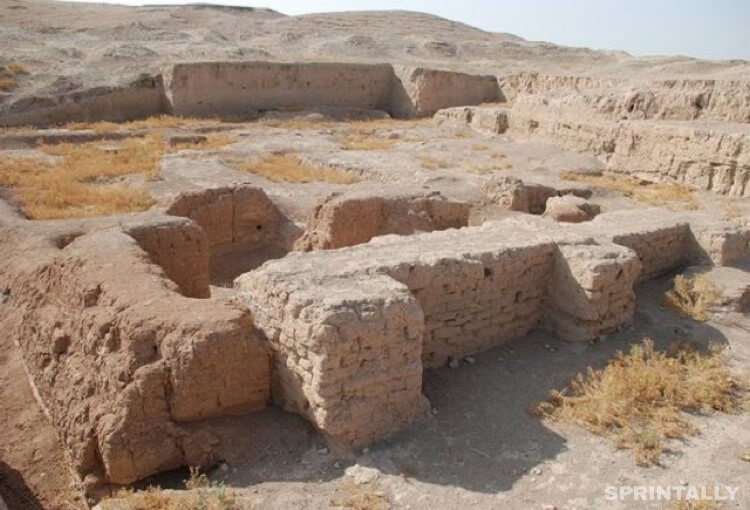
19. Chatal-Hyuk
Chatal-Hyuk, 7 thousand years BC. e., 1000 inhabitants. According to numerous studies, this settlement, located on the territory of modern Turkey, is the most ancient metropolis of our planet. As of the seventh millennium BC. e. the population was 1 thousand people – a fairly large figure for that time. Five hundred years later, in 6500 BC. the city’s population increased to 3 thousand inhabitants. In the year 5600 BC. e. the city was abandoned.
